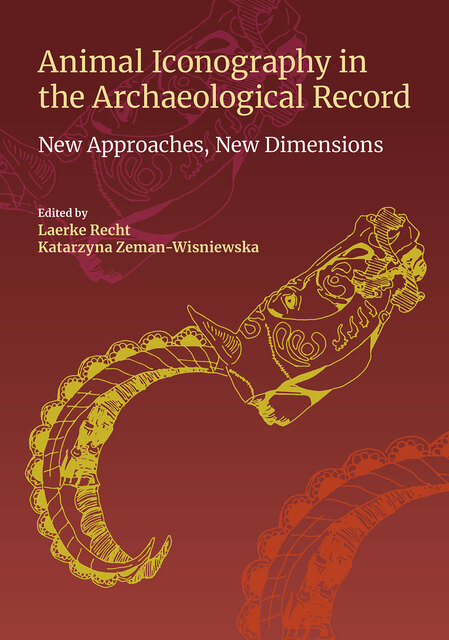Recht/Animal Iconography, 4. The Minoan Monkey: Ties between the Aegean and Indus River Valley via Mesopotamia

Full description
Exchange between the Aegean and Mesopotamia during the Early Bronze Age is well documented; so is contemporary exchange between Mesopotamia and the Indus. Precious stone, shells, metals, and other raw materials illustrate these early connections, and slightly later textual sources reinforce these relationships. Early imagery and its development, translation, and adaptation further support ideas of mid-to-late fourth millennium BC far-reaching exchange. By examining the types and movement of ape and monkey iconography from the Early Bronze Age Indus, through Mesopotamia, and to the Aegean, one may associate simian iconography with a class of exotic, elite imports to the Aegean, particularly Crete. In contrast to previous scholarship, this discussion acknowledges the Aegean’s close relationship with Egypt while allowing for iconographic and perhaps ideological adoptions and translations via both closer-range exchange with Mesopotamia and the Near East and indirect long-distance exchange with regions as far east as the Indus River Valley.
- typeImage
- created on
- file formatjpg
- file size273 KB
- container titleAnimal Iconography in the Archaeological Record: New Approaches, New Dimensions
- creatorMarie Nicole Pareja
- isbn9781781799277 (eBook)
- publisherEquinox Publishing Ltd., 2021
- publisher placeSheffield, United Kingdom
- rights holderEquinox Publishing Ltd.
We use cookies to analyze our traffic. Please decide if you are willing to accept cookies from our website. You can change this setting anytime in Privacy Settings.
